-
 15902 Hits
15902 Hits
-
 89.39% Score
89.39% Score
-
 29 Votes
29 Votes
|
|
Article |
|---|---|
|
|
Mountaineering, Trad Climbing, Ice Climbing, Big Wall, Mixed, Scrambling |
The Golden Age of Mountaineering historical period
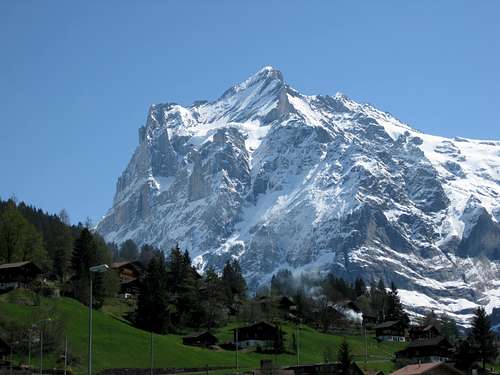
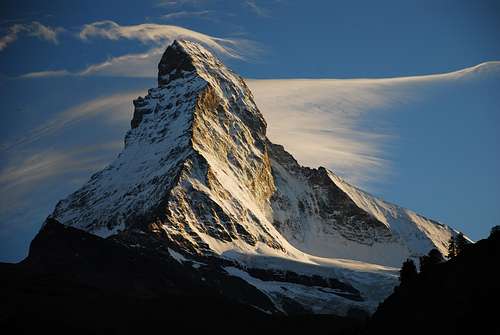
The period of the history of mountaineering located between 1854, the year of the ascent of the Wetterhorn performed by the British Alfred Willis, and 1865, the year of the first ascent of Cervino - Matterhorn performed by another British, Edward Whymper with his team, is known by the name of “Golden Age”. In this era the vast majority of the highest summits in the Alps were climbed for the first time.
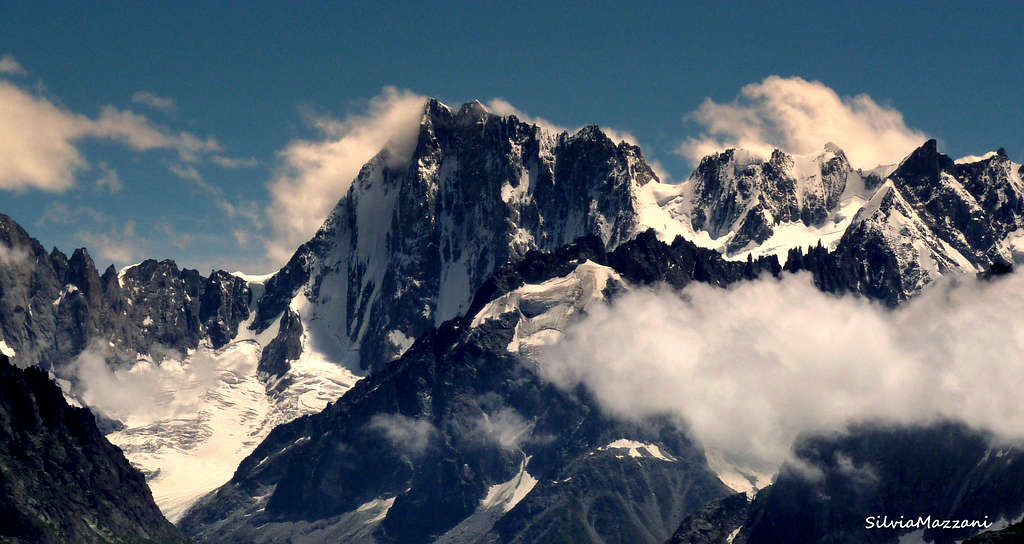
In the year 2015 the town of Chamonix celebrated the 150th anniversary of 1865, the eventful year, during which the "Golden Age" reached its climax. The 1865 put an end to this magical period of the nineteenth-century. The Alps had become an elite playground and the year 1865 was eternalized by means of as many as 65 first ascents across the Alps, plus seven ones in the Mont Blanc Massif, including the Aiguille Verte, the Grandes Jorasses and the Brenva Spur on Mont Blanc.
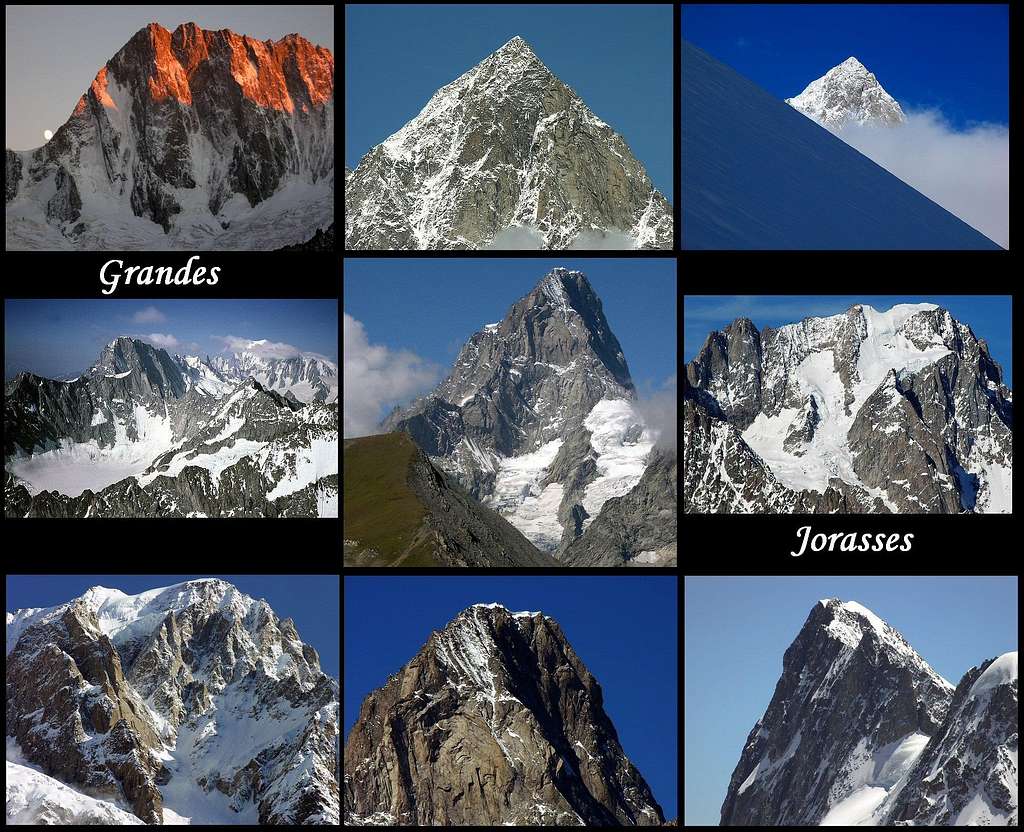
The beginnings of mountaineering
History reports different primordial forms of mountaineering, but traditionally and above all conventionally the same history considers the birth of Mountaineering to coincide with the day of the first ascent of Mont Blanc. The word "conventionally" is not random: in fact there are at least three major climbs that were completed some centuries before the first ascent of Mont Blanc. We remember these one in chronological order.
Already in the fourteenth century, precisely in the year 1336 April 26th, the Italian poet Francesco Petrarca and his brother Gherardo climbed Mont Ventoux 1909 m in Provence. Only a few years later, in the year 1358 September 1st, Bonifacio Rotario d'Asti reached the high summit of Rocciamelone 3538 m in the Piedmont Alps. We must also remember the difficult ascent of Mont Aiguille 2085 m in the region of Vercors, French Prealps, realized by Antoine de Ville and his team in the year 1492, June 26th, on the orders of Charles VIII king of France.
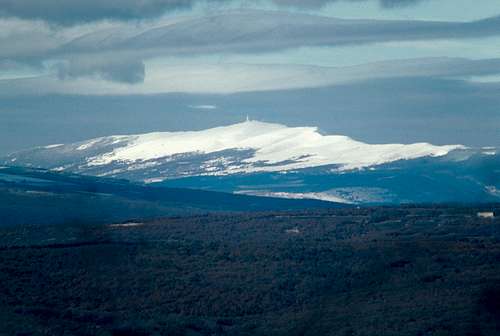
|

|
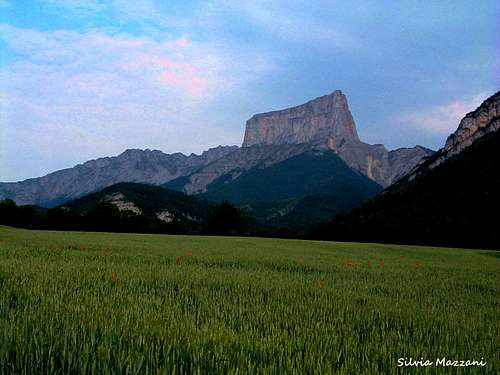
|
The conquest of Mont Blanc and the birth of mountaineering

Since the beginning of mountaineering, the exploration and conquest of the alpine summits were always combined with the scientific reasons, as measurements and experiments. The first ascent of Mont Blanc on August 8th, 1786, realized by Michel Gabriel Paccard, a physician, and Jacques Balmat, a hunter and crystal-seeker, was planned by the Swiss physician Horace Benedict de Saussure in order to carry out experiments on the summit and therefore was realized mainly for scientific purposes. Mainly but not only! In fact we can already see that the character of Michel Paccard was oriented towards pure passion rather than scientific curiosity! The next year De Saussure himself summited Mont Blanc, while Chamonix local Marie Paradis realized the first female ascent in the year 1808. On SP you will find more info about the first ascent of Mont Blanc in this article: The 1rst ascent of Mont Blanc.

If the exploration of the Alps was initially often combined with the scientific motivations, such as measurements and experiments, later the scientific pursuit becomes a secondary interest.
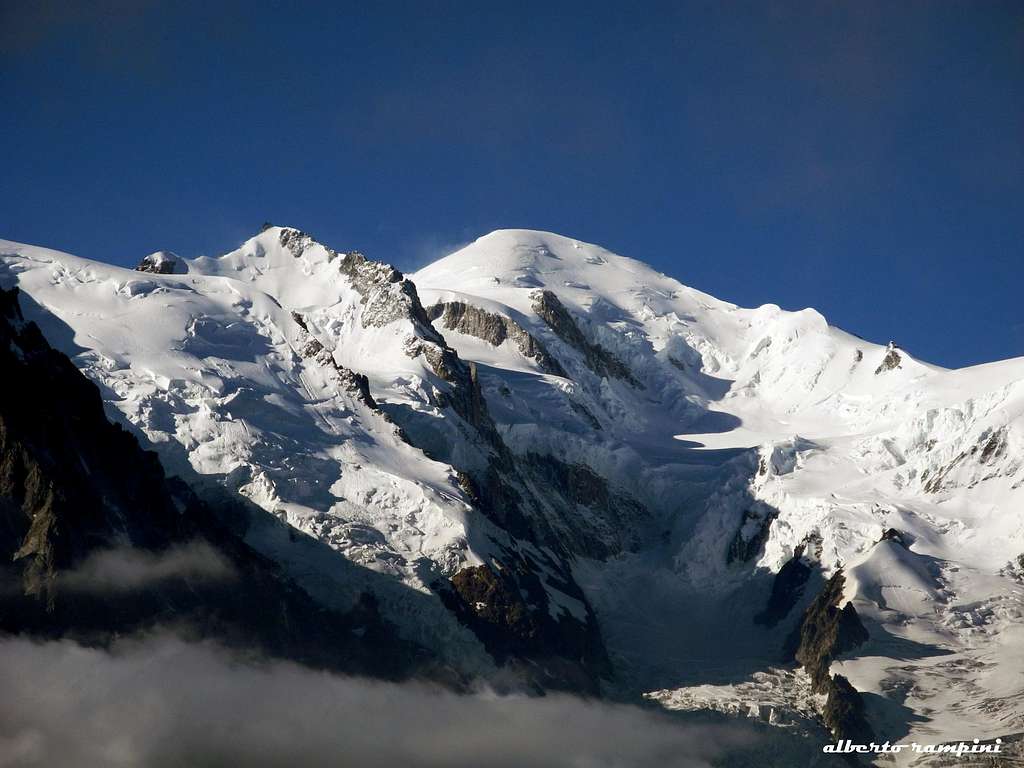
The "Golden Age" of Mountaineering
If the exploration of the Alps was initially often combined with the scientific motivations, such as measurements and experiments, later the scientific pursuit becomes a secondary interest. In the first part of the nineteenth century different major peaks of the Alps were climbed in first ascent, including Jungfrau, Ortles, Punta Gnifetti and other summits in the Monte Rosa group, Bernina, Grossglockner. The Alps began to be frequented mainly by the British explorers, which approached and climbed the main summits with a different attitude and state of mind, as passion, joy of discovery, challenge and spirit of conquest. In these years the British alpinists "lead the way" across the Alps to the birth of mountaineering as a sport.
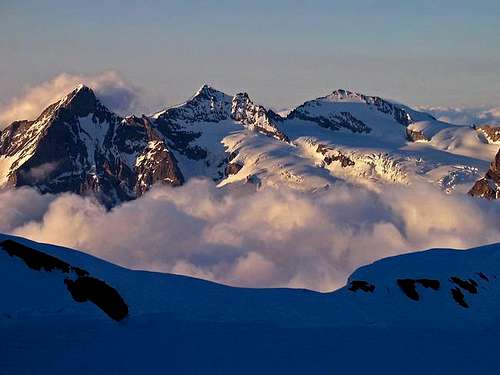
The real turning point towards this new mentality came after the ascent of the Wetternhorn in the Swiss Alps. In the year 1854 Alfred Wills (11 December 1828 – 9 August 1912), a judge of the High Court of England and Wales, well-known alpinist and later third President of the Alpine Club in London, realized with his guides the ascent of the Wetterhorn 3692 m, a mountain located in the Berner Oberland above the village of Grindelwald, believing that this one was the first ascent, while it was probably the fourth ascension. Actually Wetterhorn had been summited for the first time a decade earlier by the local Swiss guides Melchior Bannholzer and Hans Jaun (31 August 1844). However, since the Wetterhorn counts two summits - the Mittelhorn 3704 m and the Rose Horn 3689 m - in addition to the main one, it is not completely clear which one of the three summits the Swiss guides had climbed. It is regrettable that a great mountaineering era opens with a half-truth, in any case whether it had been a true first ascent or not this undertaking had a great echo in England. It was very mediatized by the same Wills and formally it opened the period now referred as the Golden Age of Mountaineering: eleven years of great alpine first ascents as far as 1865. More info about the history of the ascents on Wetterhorn here on SP in this interesting article by hansw: Wetterhorn during the golden and the post golden age.
In the early years of the “Golden Age”, the passion for high altitude and mountaineering difficulties were still combined with the scientific interest. In the later years the non-scientist pure alpinists prevailed. During this period, dominated by men of great culture and economic opportunities, the main highest peaks of the Alps were climbed. The protagonists of this extraordinary era were mainly the British mountaineers, accompanied by their Swiss and French guides. An exception was represented by the Austrian Paul Grohmann who realized several first ascent in the Dolomites.
The reasons for this predominance were different: the fact that the British, if compared to the people of the rest of Europe, during the Victorian era found themselves in a period of widespread well-being, the lack of high mountains in their country, but above all their cultural attitude and natural propensity toward exploration and adventure. Not satisfied with the peaks offered on British shores, Victorian mountaineers took to the Alps. Naturally we should not forget the legendary Swiss and Savoyard guides which played a vital role accompanying these British pioneers. In fact the mountaineers-citizens still didn’t dare to climb mountains on their own and the time of “climbing without guides” had yet to be invented… For this reason many inhabitants of alpine villages undertook the profession of mountain guide, both attracted by the possibility of gain and by the spirit of adventure and passion for climbing. This phenomenon began to contribute to the spread of mountaineering in the alpine valleys. Often the pioneers and their guides established legendary rope teams demonstrating, beyond the economic relationship, passion, mutual consideration and sometimes also friendship.

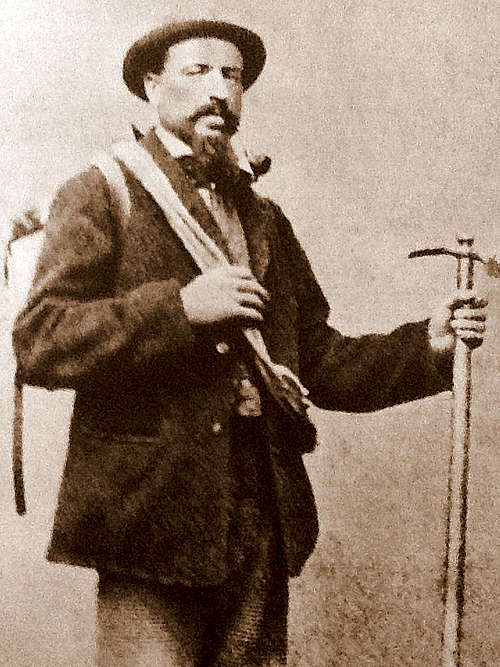
These years witness countless of first ascents, from the Dolomites to the Tyrol and to the major peaks of the Valais, the Berner Oberland, the Oisan and the Mont Blanc massif, including more than thirty first ascents on 4000 meter peaks. Mont Blanc du Tacul, Dent Blanche, Gran Paradiso, Aiguille Verte, the Grandes Jorasses and the remarkable Brenva Spur on Mont-Blanc, plus 3000s as Aiguille du Midi, Eiger, Grande Casse, Mönch.
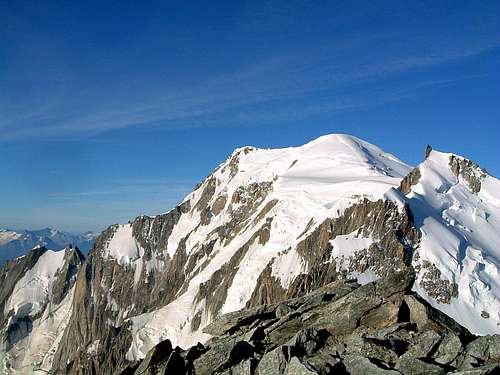
Systematically all the Fourthousander of the Alps were conquered. Only the stunning and very difficult Matterhorn lacked the call. Matterhorn in fact was the last of the great unclimbed 4000 m alpine peaks: just in 1865 the British Edward Whymper conquered it by climbing the Hornly ridge on the Swiss side, winning time against the Alpine Guide Jean Antoine Carrel from the Valle d’Aosta, who meanwhile was trying to climb up along the most difficult Lion ridge on the Italian side. This historic ascent marked the end of the “Golden Age” and registered one of the mountaineering major tragedies.
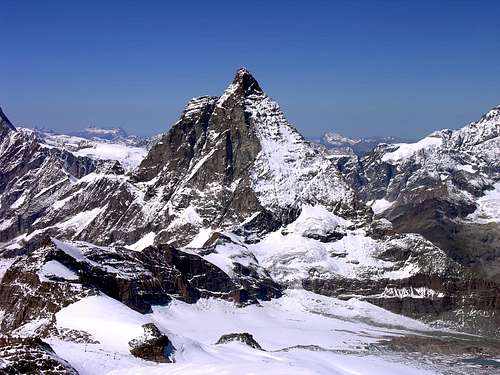
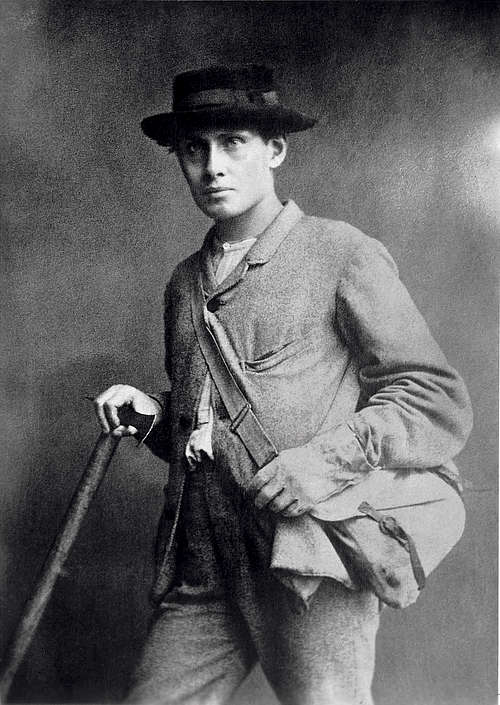
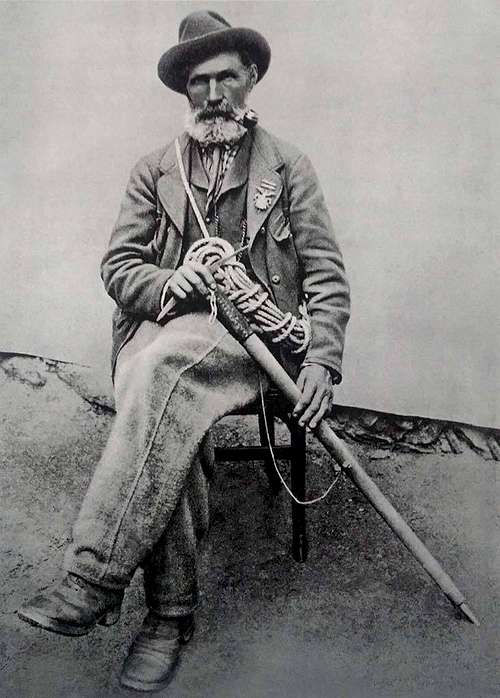
Edward Whymper and his guide Michel Croz formed one of the most exceptionally gifted rope teams of the era. The climbing team was composed also by Charles Hudson, Francis Douglas, Douglas Hadow and Taugwalder father and son. The accident happened during the descent: after a fall and a severed rope, Michel Croz, Francis Douglas, Charles Hudson, Douglas Hadow disappear into the void.
The main remarkable British pioneers of that era were Francis Douglas, Leslie Stephen, John Tyndall, William Mathews, A.W. Moore, Francis Fox Tuckett, Horace Walker and his sister Lucy, E.S. Kennedy and the aforementioned Edward Whymper. Most of them were members of the Alpine Club, created in 1857 in London, the very first mountain club. This period also saw the affirmation of the first great guides of the Alps, as Christian Almer, Melchoir Anderegg, Michel Croz, Jakob Anderegg, François Devouassoud.
Literature
1865: the Golden Age of Mountaineering An illustrated history of Alpine climbing's greatest era - Gilles Modica 2016 ISBN: 978-1-910240-52-6
A History of Mountaineering in the Alps - Claire Eliane Engel 1950

